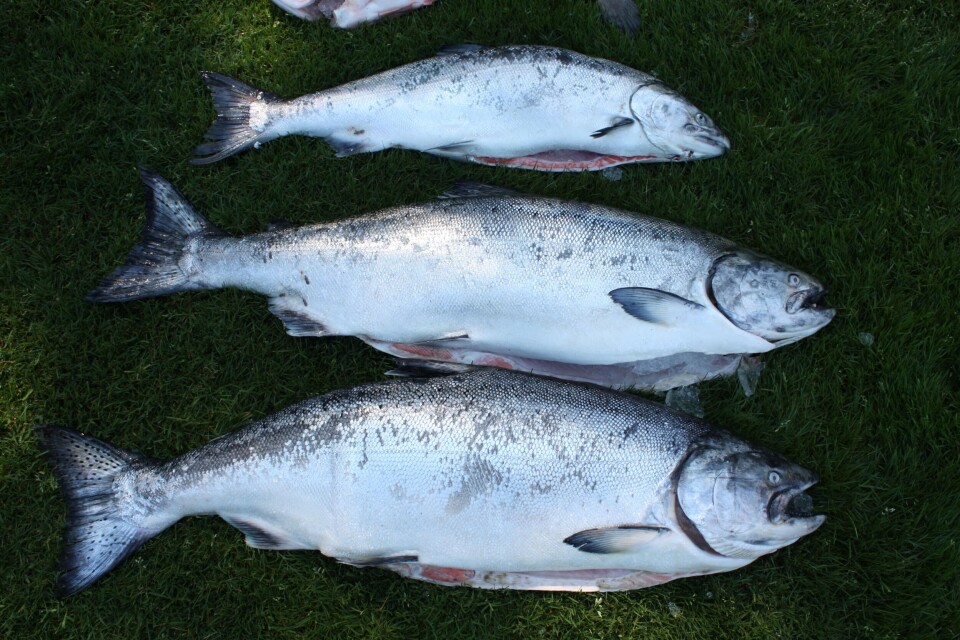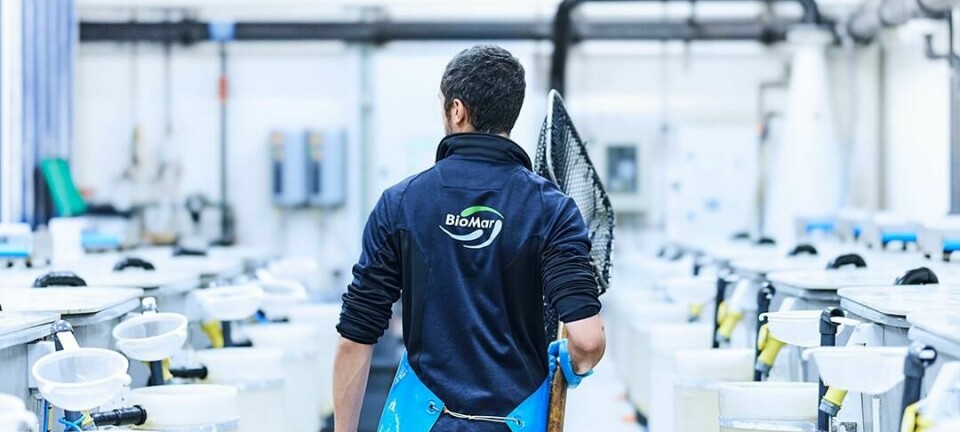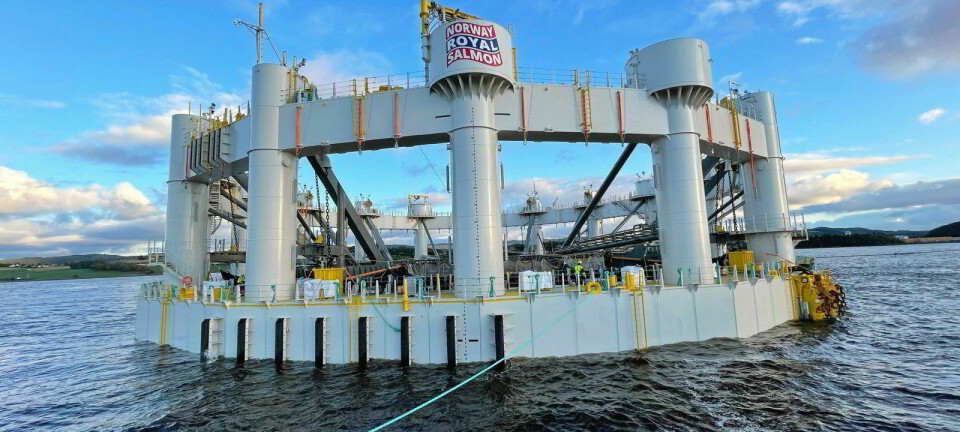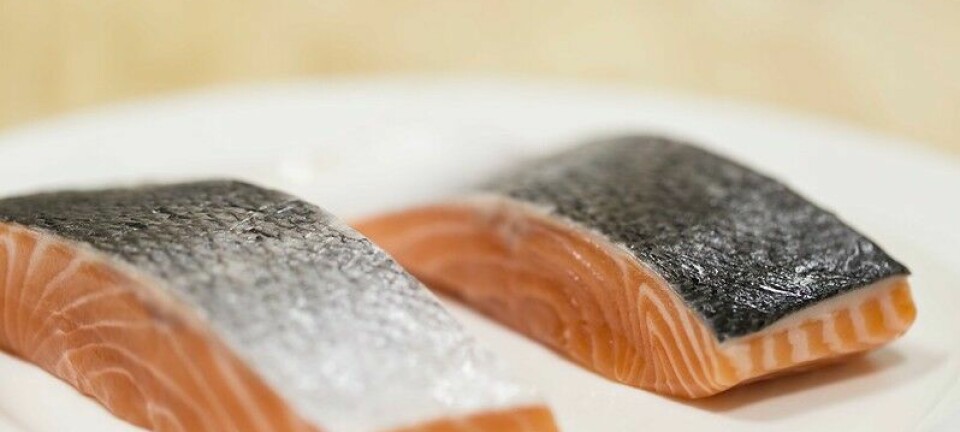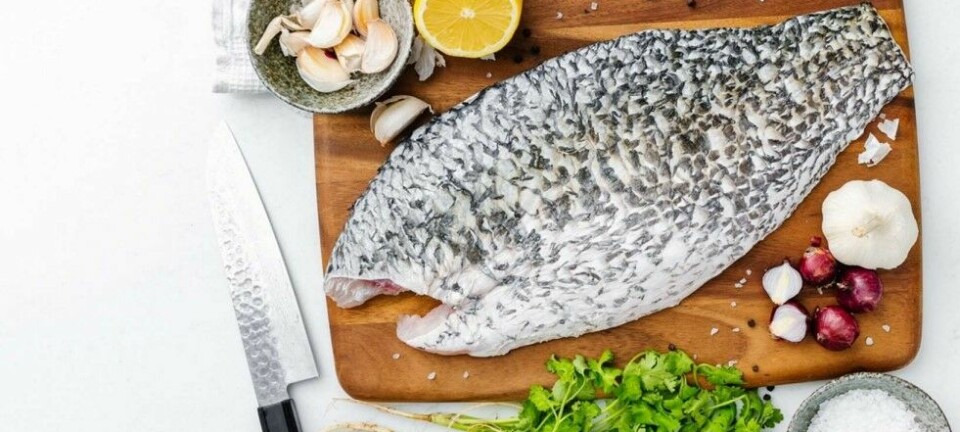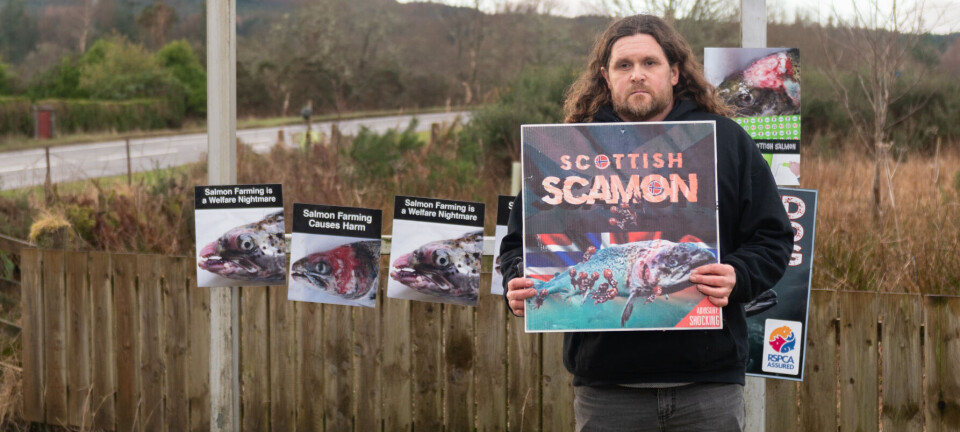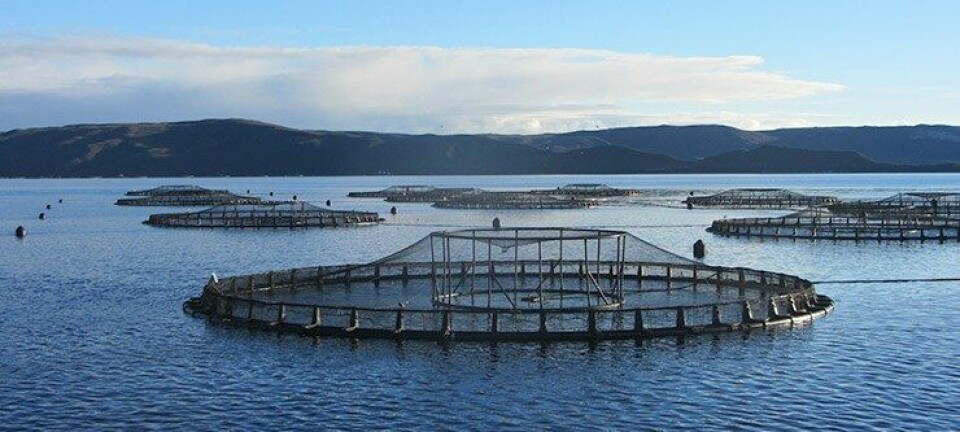ep_bilder
B.C. wild salmon not extinct after all
Odd Grydeland
Over the past few years, environmentalists in British Columbia have preached the doom-and-gloom scenario that wild salmon stocks in the Province are heading for a sure demise and extinction as a result of exposure to sea lice from the coastal salmon farms. According to an article by Judy Creighton of The Canadian Press, things might not be as bad as presumed, although early estimates suggest a later than expected return of wild salmon coming back to the Fraser River to spawn;In a quirky turnaround as dire warnings that fish farming would soon wipe out the British Columbia wild salmon fishery comes news that stocks are returning in abundance this season. "The last two years we have had very low sockeye returns and this year is forecast to be much, much better," says Grant Snell, general manager of the BC Salmon Marketing Council in Vancouver. This is good news after constant warnings by scientists and environmentalists, who have been blaming fish farming for destroying wild salmon stocks through interbreeding of escaped salmon while lice from farmed fish have been killing juvenile salmon.Snell says one of the reasons the wild salmon have returned in greater numbers has to do with lack of food and warmer water in 2005. "What the North Pacific needs for our normal species is cold water with lots of nutrients," he says. "And 2005 was horrible, but in 2006 it turned around very quickly and has been improving ever since."Snell says the warm water which pushes up from the tropics, generally referred to as El Nino, and goes away again "hung around" and did a lot of damage. "But it wasn't a complete wipeout. We did get enough salmon back to generally repopulate the runs." Fishers of the west coast waters say another positive sign is that sardines and whales are being seen in large numbers. "So it is interesting as the water temperatures have cooled we are seeing all kinds of life," says Snell.Another good sign is that all five salmon species are appearing even though it's early in the season, he says. Those species include chinook, chum, coho, pink and sockeye. However, Snell's optimism doesn't carry over to the damage he and others in the fishery industry are seeing from large commercial fish farms along the coast. The largest concentration of salmon farms are in the Broughton Archipelago located at the top end of Vancouver Island on the coast's mainland side near the large Knight Inlet. "A lot of water flushes out of the inlet, so it was thought it would be a great place to put salmon farms because it would flush out all the effluent from those operations," he explains. "But the problem is that all of the juvenile wild salmon from the inlet migrate out close to these farms." "Sea lice from the farms are a death sentence to the juvenile salmon."
Meanwhile, the BC Government-appointed BC Pacific Salmon Forum in its final report earlier this year stated that an intensive field monitoring program in the Broughton failed to find lethal sea lice levels on any outmigrating pink salmon smolts in either 2007 or 2008.
